- 2 Live Project
- Self-Paced/ Classroom
- Certification Pass Guaranteed
Home /Microsoft Dynamics/Microsoft Dynamics Certification Training
Microsoft Dynamics Online Training in Qatar
Become a Microsoft Dynamics expert. Join now to learn about MS Dynamics in detail.
4.9 out of 5 based on 18795 votes
Course Duration
30 Hrs.Live Project
2 ProjectCertification Pass
GuaranteedTraining Format
Live Online /Self-Paced/ClassroomWatch Live Classes
Speciality
500+
Professionals Trained4+
Batches every month20+
Countries & Counting100+
Corporate Served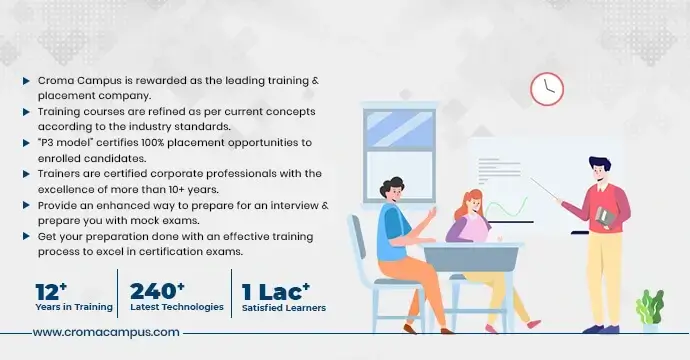









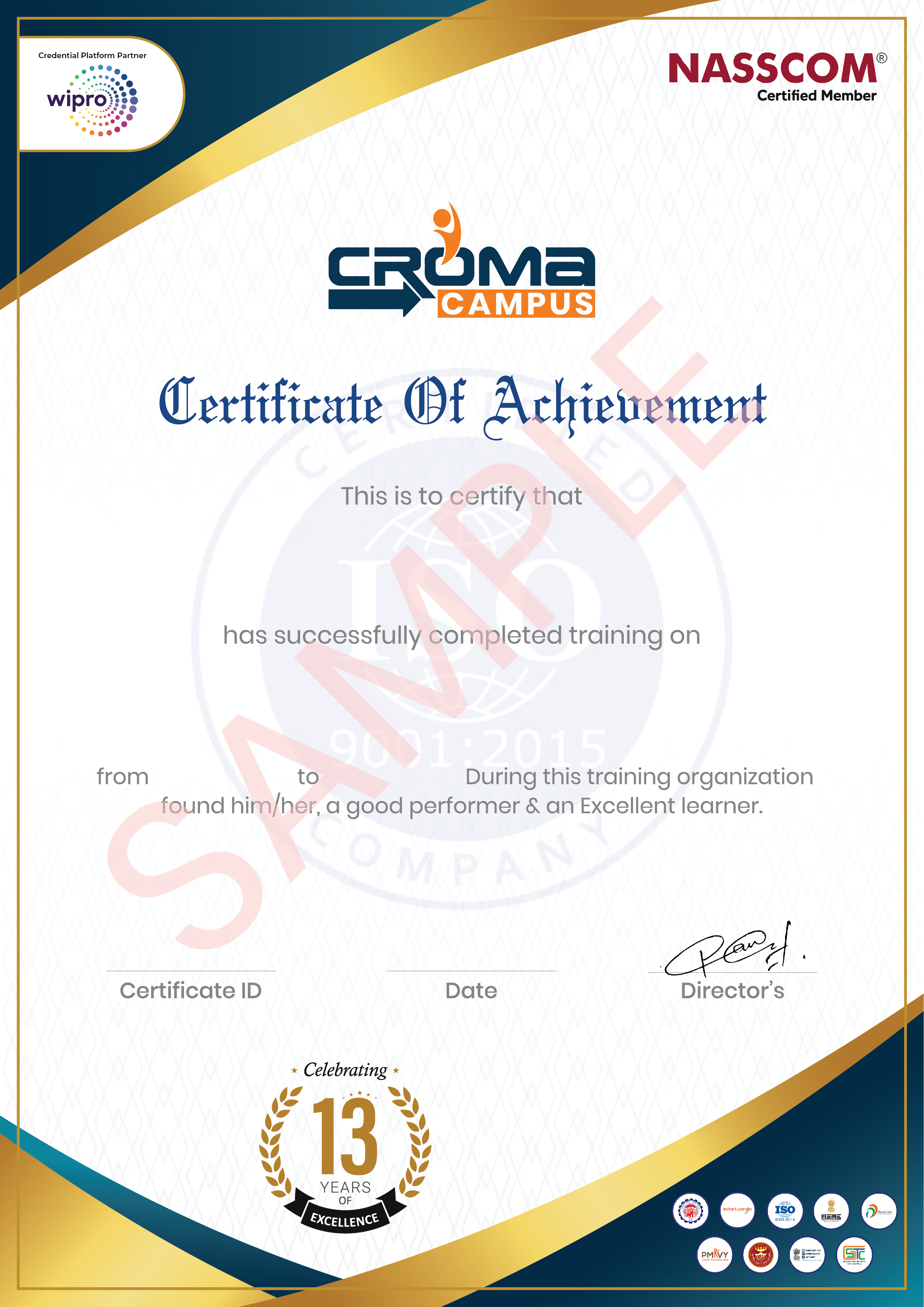
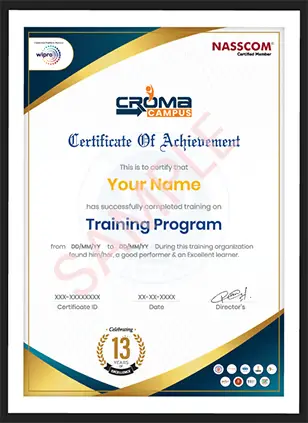








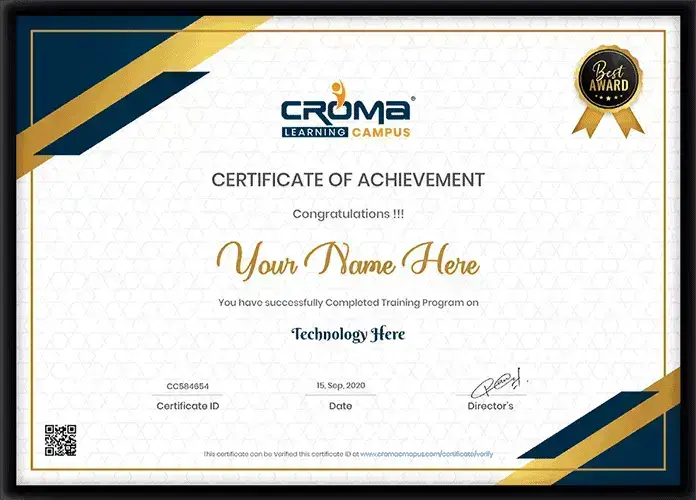






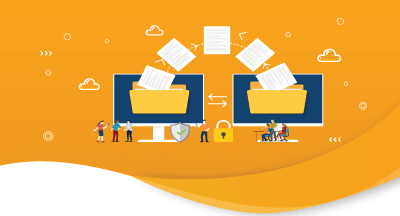




 Master in Cloud Computing Training
Master in Cloud Computing Training